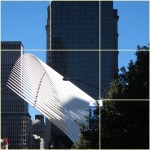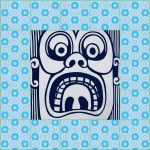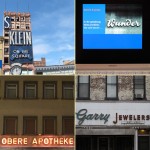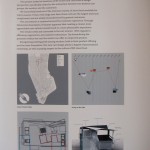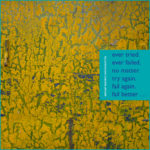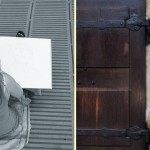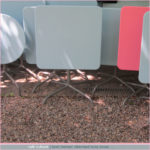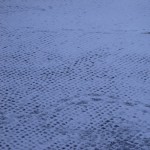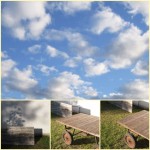an engineer invents a new art form . . .
alexander calder graduated in 1919 from stevens institute of technology in hoboken, new jersey with a degree in mechanical engineering. after graduation, he held jobs with an automotive engineer in rutherford, new jersey, and with the new york edison company as a a hydraulic engineer and a draftsman. in 1922, calder found work as a mechanic on the passenger ship h. f. alexander. afterwards, calder moved to new york and enrolled at the art students league. while a student, he worked for the national police gazette where one of his assignments was sketching the ringling brothers and barnum & bailey circus. calder became fascinated with the action of the circus, a theme that would reappear in his later work. in 1926, calder moved to paris, enrolled in the académie de la grande chaumière. while in paris the engineer invents a new form of sculpture with kinetic objects of flat metal pieces connected by a wire that moved delicately in the air. these sculptures embodied the notion of the movement and invited the viewer to interact with them. the name of these sculptures was given by calder’s friend marcel duchamp: mobiles . . .
here are a few impressions from the recent exhibit at the whitney museum of american art in new york city: video excerpt: calder’s hypermobility
the new york times: bringing alexander calder’s sculptures to life
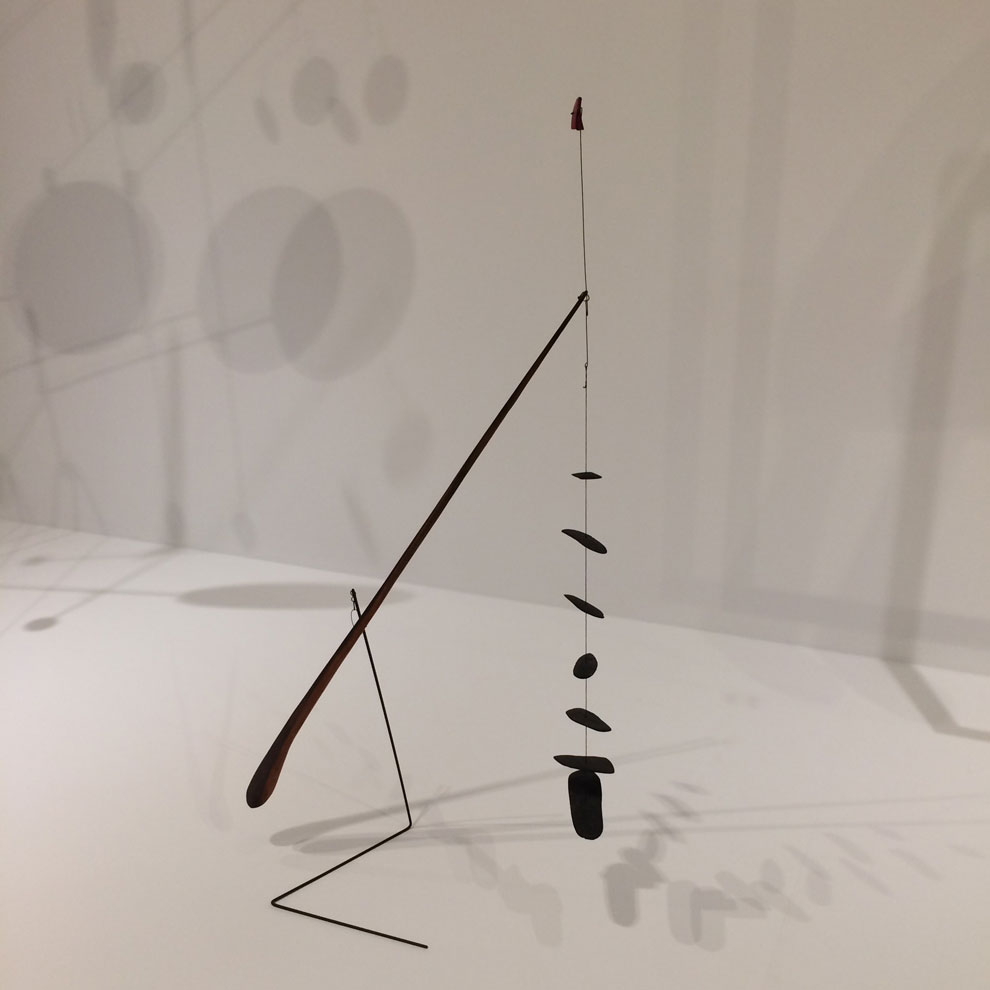
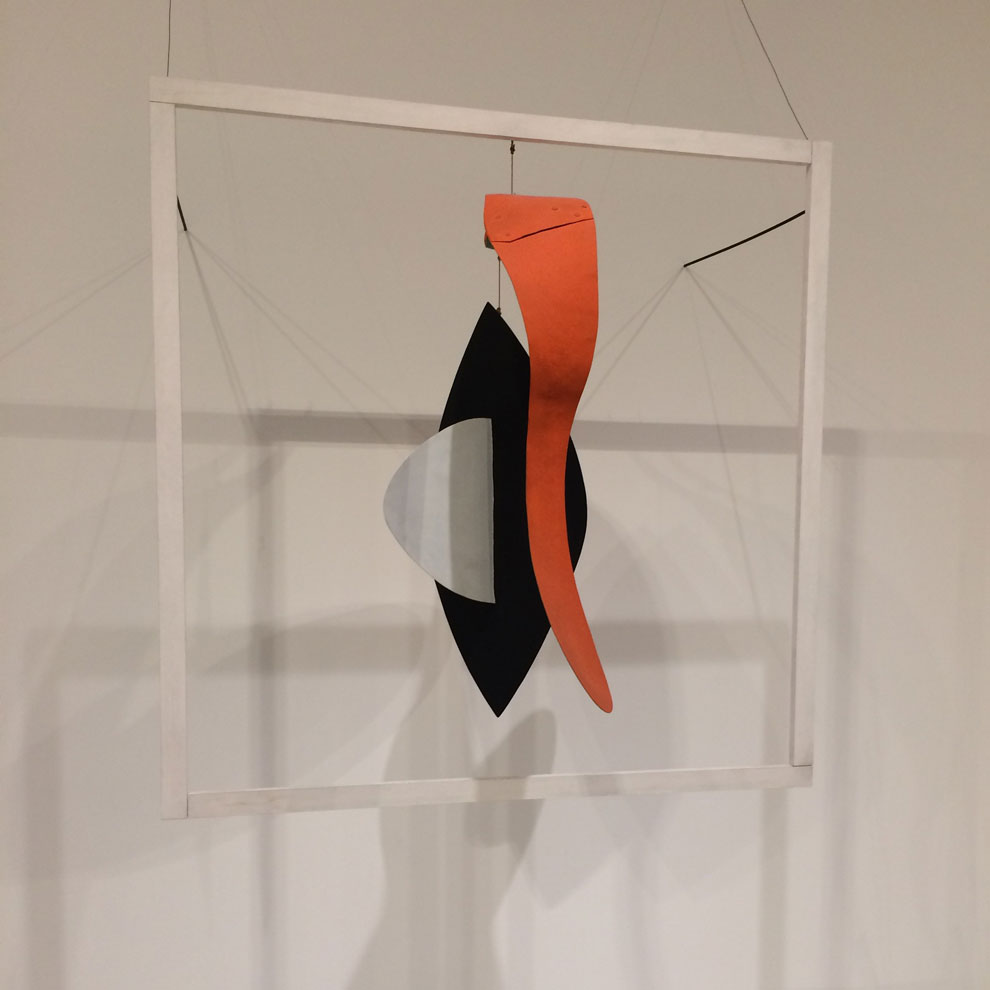
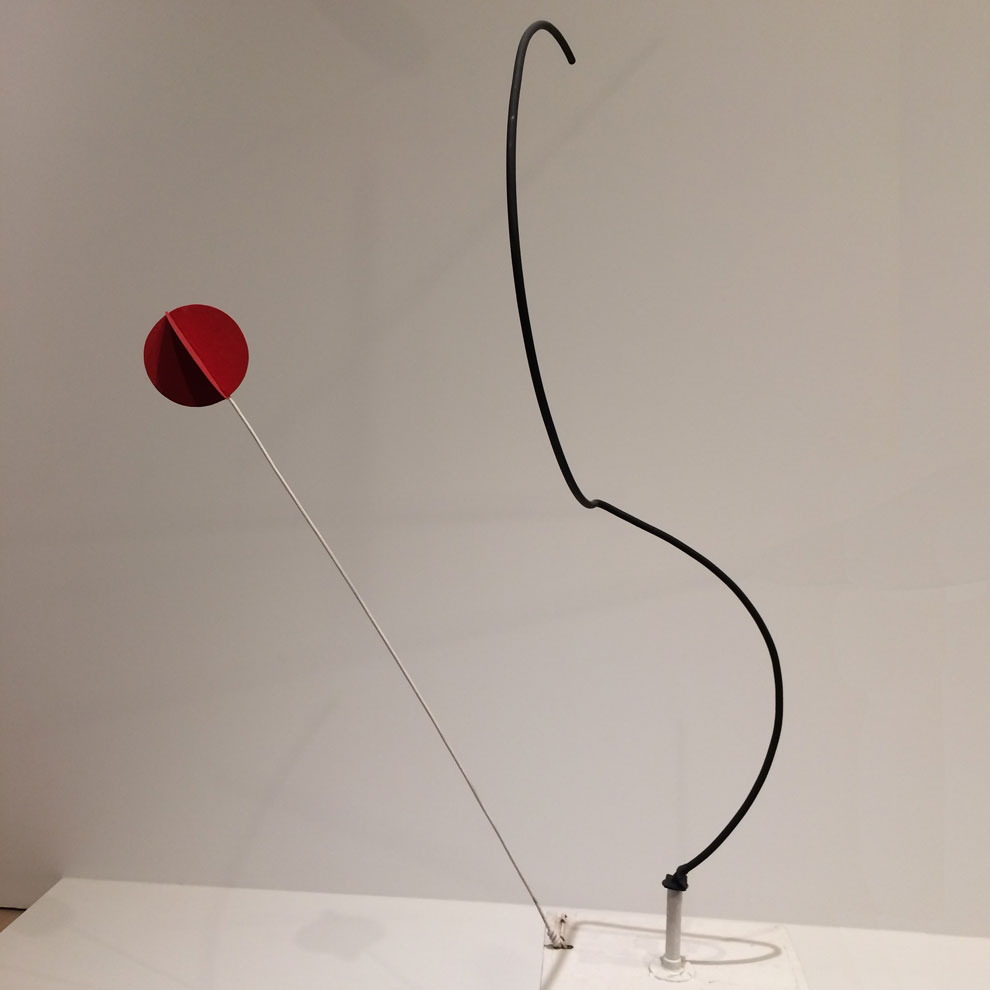
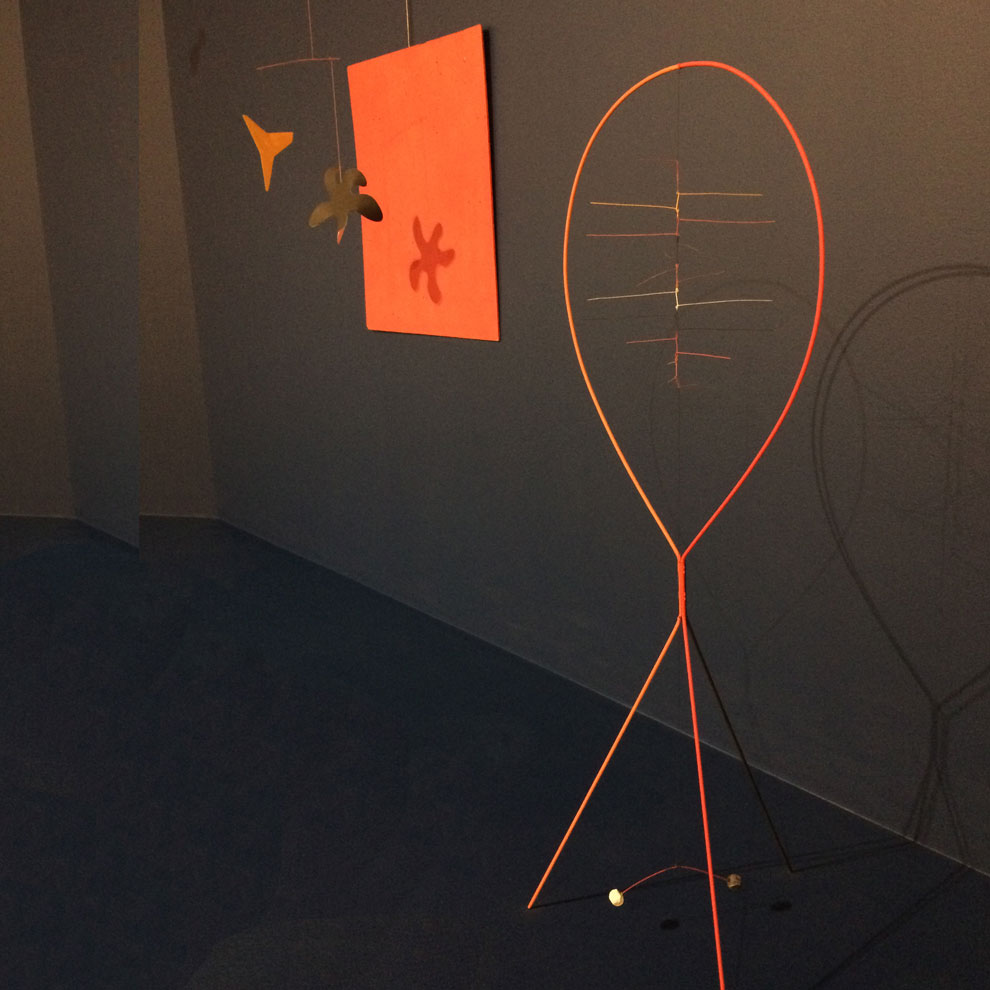
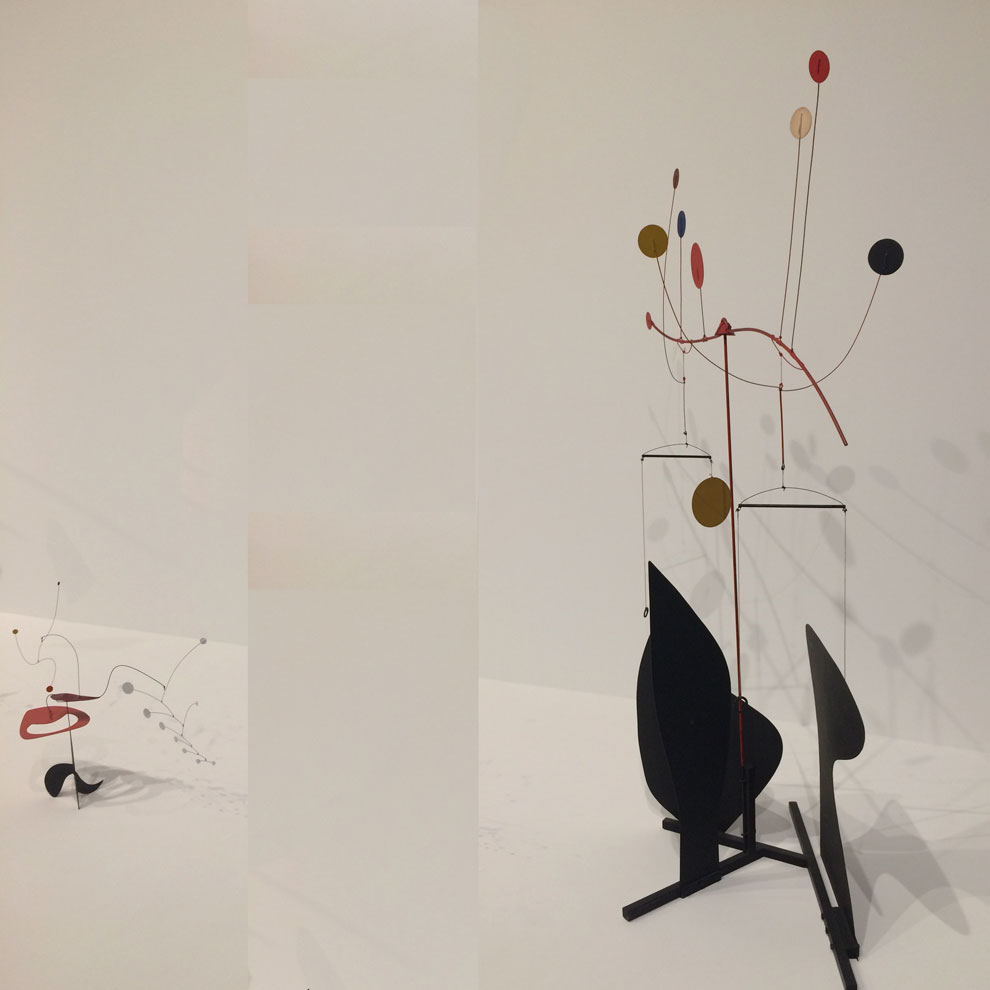
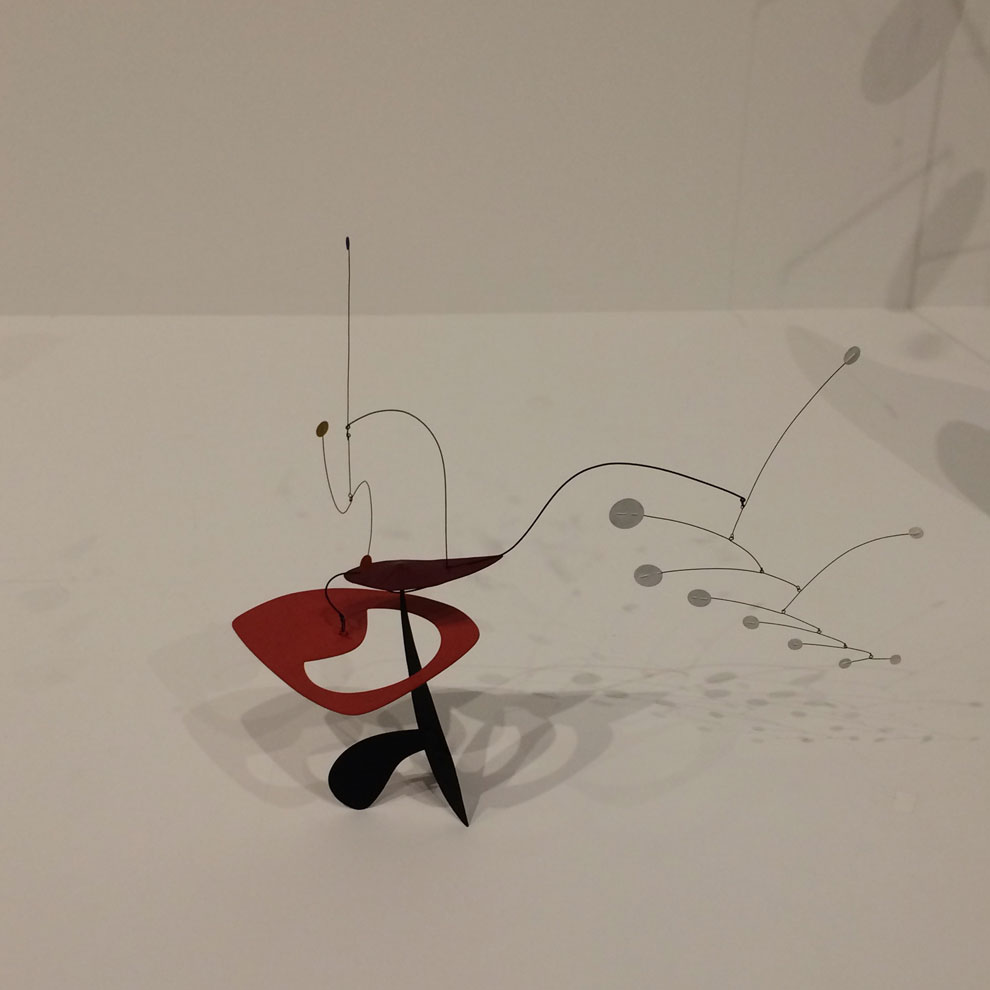
thanks ines like venus for the images / videos . . .
posted 6 October 2017
categories photos
© visualsyntax. powered by wordpress.
